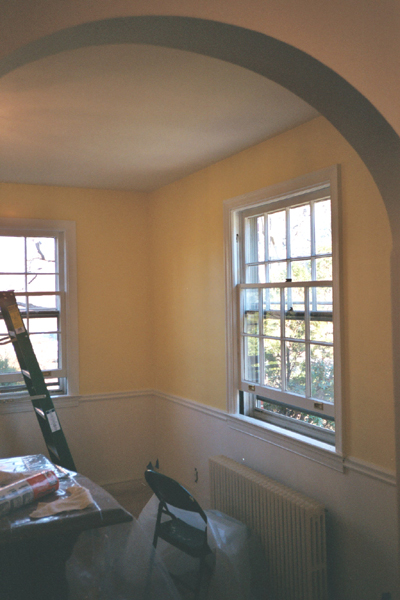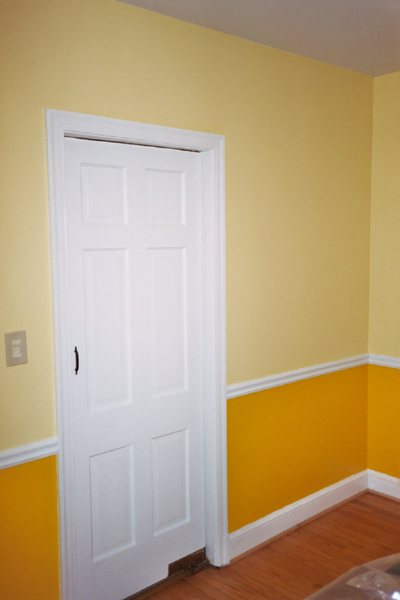For the past two and a half years now, I have been getting acupuncture treatments with five element acupuncture practitioners. All of the people I’ve seen at Crossings graduated from the same school of acupuncture here in Maryland. Five element acupuncture is a variant of traditional Chinese medicine (I’ve heard it described as ‘Chinese acupuncture using Japanese needles’), although I don’t know enough about these fields to say more than that.
One thing I’ve liked with this style of medicine is the way in which the diagnosis and treatment resemble a logic puzzle, which, as the daughter of a mathematician, I have always enjoyed. From symptoms and patterns that may be the same in a variety of people, the acupuncturist determines the causative or constitutive factor of the imbalance. What this means, in my lay interpretation, is that the imbalance may manifest as symptoms in any element, but the root will lie in the element that is dominant or formative for the person. Each of the five elements is associated with various factors, for example an emotion, a time of year, and a color. There’s plenty written about this, in both more clear lay person terms and in more accurate technical ones; I apologize for vagaries of understanding or expression in this brief synopsis.
I bring all this up because winter, the season we’re currently in, is the season that corresponds with my constitutive factor, which is water. For me, with my auto-immune thyroid disease and history of structural alignment issues, the imbalances have been varied, but treatment in water has had the most success in improving my overall health and constitution. In terms of the logic puzzle aspect, reading a description of the seasonal element (provided by the folks at Crossings) is a bit like reading a description of your astrological sign: it’s eerily familiar, and it brings into the light things about yourself that you wouldn’t have listed if asked, but which are clearly there when called to your attention.
When I read that description, the concept of holding two opposites in the same vessel particularly resonates with me, even in as simple a way as my relationship to the season. For many years, winter has been my favorite season. I love the crisp air, the colors, the quality of the light, the clarity of the moon and stars, the starkness of the landscape, and all of the activities that come with it, from playing in the snow to the baking and cooking of winter foods. Yet, I was hardly ever truly comfortable during the winter season: I became cold very easily and found it difficult to impossible at times to warm up again, and I suffered from incredibly dry skin. Since my thyroid disease has been diagnosed and properly treated, I’ve learned that both of these difficulties are common with low thyroid function: the ability of the body to internally regulate temperature (I had inverse problems of being easily over-heated in the summer) and to use water ‘properly’ in systemic maintenance. What is interesting to me, then, is the correlation with an imbalance in the water element in the physiological symptoms I had, but also the way in which I mentally and emotionally enjoy the season even with the attendant physical discomforts.
To sum up, I gain a great deal of nerdy pleasure from discovering the layered ways in which my physiological experiences, my western medical diagnosis of disease, and my acupuncture treatments align. The convergence is remarkably intellectually satisfying to me. And, unlike many people I know, I find that I have absolutely no curiosity about the mechanics of acupuncture. The system is clearly described, internally consistent, and I am more healthy than I’ve been in years, even by the measures of western medicine. That’s good enough for me.



